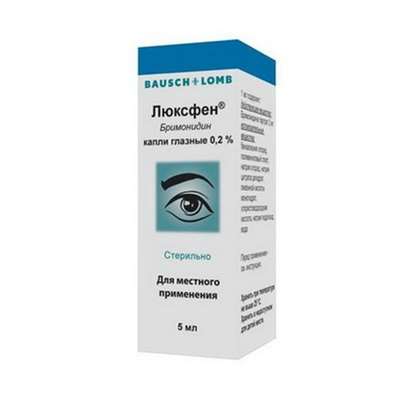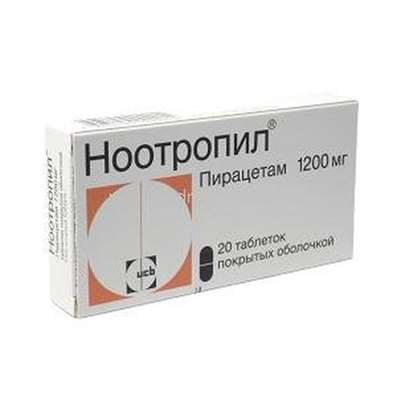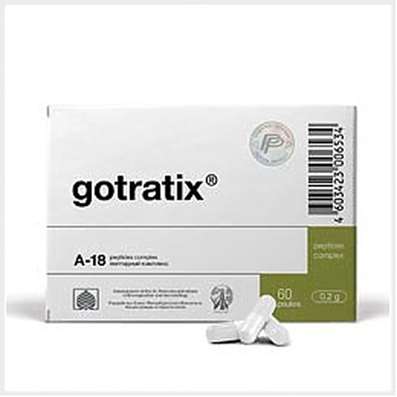Instruction for use: Insulin-isophan [pork monocomponent] (Insulinum isophanum [porcinum monocomponentum])
I want this, give me price
Pharmacological group
Insulins
Nosological classification (ICD-10)
E10 Insulin-dependent diabetes mellitus
Decompensation of carbohydrate metabolism, Diabetes mellitus, Diabetes insulin sugar, Diabetes mellitus type 1, Diabetic ketoacidosis, Insulin-dependent diabetes, Insulin-dependent diabetes mellitus, Coma hyperosmolar non-ketoacidotic, Labile form of diabetes mellitus, Violation of carbohydrate metabolism, Type 1 diabetes mellitus, Type I diabetes mellitus, Insulin-dependent diabetes mellitus, Type 1 diabetes mellitus
E11 Non-insulin-dependent diabetes mellitus
Acetonuric diabetes, Decompensation of carbohydrate metabolism, Diabetes insulin-independent sugar, Diabetes sugar type 2, Type 2 Diabetes, Non-insulin-dependent diabetes, Non-insulin dependent diabetes mellitus, Non-insulin-dependent diabetes mellitus, Insulin resistance, Insulin resistant diabetes mellitus, Coma lactobacillus diabetic, Violation of carbohydrate metabolism, Type 2 diabetes mellitus, Diabetes mellitus type II, Diabetes mellitus in adulthood, Diabetes mellitus in old age, Diabetes insulin-independent, Diabetes mellitus type 2, Sugar insulin-independent diabetes type II
O24 Diabetes mellitus during pregnancy
Pregnancy in diabetes mellitus, Diabetes mellitus type 2 in pregnant women
Characteristics
Highly purified (chromatographically), monocomponent pig medium-duration insulin.
Pharmacology
Pharmacological action - hypoglycemic.
Regulates the exchange and deposition of carbohydrates, proteins and lipids in target organs (liver, skeletal muscles, fat tissue). Interacts with specific receptors of the cytoplasmic membrane of the cell and forms an insulin-receptor complex. By activating the synthesis of cAMP (cyclic adenosine monophosphate) (fat cells and liver) or directly penetrating the cell (muscles), the insulin-receptor complex stimulates intracellular processes, incl. (Including) induces the synthesis of a number of key enzymes (hexokinase, pyruvate kinase, glycogen synthetase, etc.). Hypoglycemic effect is a consequence of increased intracellular transport of glucose, absorption and assimilation of its tissues, a decrease in the rate of production of glucose by the liver (by decreasing the decomposition of glycogen). Stimulates lipogenesis, glycogenogenesis, protein synthesis. When administered to patients with diabetes mellitus corrects metabolic shifts, normalizes the permeability of membranes to glucose.
With subcutaneous administration, hypoglycemic action begins in 1-3 hours, reaches a maximum after 4-12 hours, lasts up to 24 hours, depending on the composition of insulin and dose, reflects interindividual and individual deviations. It is distributed in tissues unevenly, does not penetrate the placental barrier. It is not known whether insulin penetrates significant amounts into the breast milk of women. Destroyed by insulinase, mainly in the liver and kidneys. It is excreted by the kidneys (30-80%).
Indications
Diabetes mellitus type 1. Diabetes mellitus type 2, incl. (Including) with resistance to oral hypoglycemic agents (combination therapy), upcoming surgical interventions (mono- or combination therapy), intercurrent diseases, diabetes mellitus in pregnancy (with ineffective diet therapy).
Contraindications
Hypersensitivity, hypoglycemia.
pregnancy and lactation
The action category for fetus by FDA is B.
Side effects
Hypoglycemia (with high doses, skipping or late intake of food, heavy physical exertion, against infections or diseases, especially those accompanied by diarrhea or vomiting): increased sweating, palpitations, tremors, sleep disorders; Hyperglycemia and diabetic acidosis (at low doses, missed injections, non-diet, against fever and infections): drowsiness, thirst, loss of appetite, redness of the face, precomatous and coma; Allergic reactions - skin rash, angioedema, laryngeal edema, anaphylactic shock; At the injection site - hyperemia, itching, swelling, lipodystrophy (with prolonged use).
Interaction
The hypoglycemic effect is enhanced by oral hypoglycemic drugs, sulfonamides, MAO inhibitors (including furazolidone, procarbazine, selegiline), carbonic anhydrase inhibitors, ACE inhibitors, NSAIDs (including salicylates), anabolic steroids (including stanozolol, Oxandrolone, methandrostenolone), androgens, bromocriptine, tetracyclines, clofibrate, ketoconazole, mebendazole, theophylline, cyclophosphamide, fenfluramine, lithium preparations, pyridoxine, quinidine, quinine, chloroquine, ethanol. Hypoglycemic effect reduces glucocorticoids, oral contraceptives, thyroid hormone preparations, thiazide diuretics, CCB, tricyclic antidepressants, heparin, sulfinpyrazone, sympathomimetics, danazol, clonidine, diazoxide, morphine, nicotine, phenytoin, epinephrine. Beta-blockers, reserpine, octreotide, pentamidine can both enhance and weaken the hypoglycemic action of insulin.
Overdose
Symptoms: signs of hypoglycemia - weakness, cold sweat, pale skin, palpitation, trembling, nervousness, nausea, hunger, paresthesia of hands, feet, lips, tongue, headache, sleep disturbance; In severe cases - hypoglycemic coma.
Treatment: with mild hypoglycemia - immediate intake of glucose (glucose tablets, fruit juice, honey, sugar or sweet foods); With severe hypoglycemia - the introduction of glucagon solution in / m followed by (if necessary) the appointment of 40% glucose solution IV.
Routes of administration
Subcutaneously
Precautions
Against the background of insulin therapy, continuous monitoring of blood glucose, ketone concentration and glucose in the urine is necessary.
It is necessary to adjust the dose when changing diet, increased physical activity, surgical operations, infectious diseases, fever, thyroid dysfunction, adrenal gland disorders, including Addison's disease, pituitary gland (including hypopituitarism), kidney failure, liver disease progression, Time of pregnancy and lactation, in people older than 65 years. Use with caution in cases of intense mental and physical activity, incl. When driving a car or controlling various mechanisms, because In conditions of significant mental or physical stress, there may be a decrease in the ability to concentrate attention, the speed of mental and motor reactions.

 Cart
Cart





